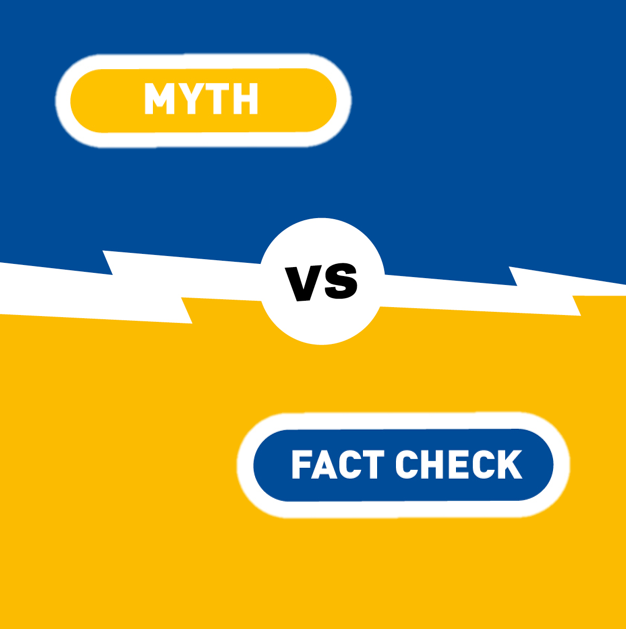"AAC is not natural."
AAC is made from natural and mineral raw materials. Quartz sand, quicklime, water, and small amounts of a blowing agent are needed for production. The mineral building material is free of pollutants, durable and environmentally friendly.
"Building with AAC is expensive."
As a high-quality building material, AAC is more costly than some other building materials. But the larger the AAC-modules are, the more economical they are: The large-format construction method is faster and more efficient than other construction methods, saving costs and time.
"AAC does not have a good eco-balance."
In fact, autoclaved aerated concrete has an excellent life cycle assessment due to its durable and energy-efficient properties. In the long term, the building material can save heating and thermal energy during the building use phase. Moreover, an additional thermal insulation composite system can be dispensed with, which also has a positive effect on the CO₂ balance. Building with masonry therefore has a similar or in some cases better life cycle assessment than building with wood, for example. (Source: Pohl, 2016, study by LCEE).
"Building with AAC is complicated."
The system is simple and resembles toy building blocks: Industrially prefabricated for an exact fit, the components only need to be dry-assembled in place. The panels have tongue-and-groove joints and are simply put together. The interior walls can be painted directly after assembly.
"AAC elements are inflexible."
AAC as a building material is just as suitable for offices as it is for shopping centers, production buildings or logistics and storage halls. A modular system with components in different lengths and thicknesses that can be applied throughout the building. This modularity, which starts at the planning stage, guarantees a flexible solution for individual building projects.
